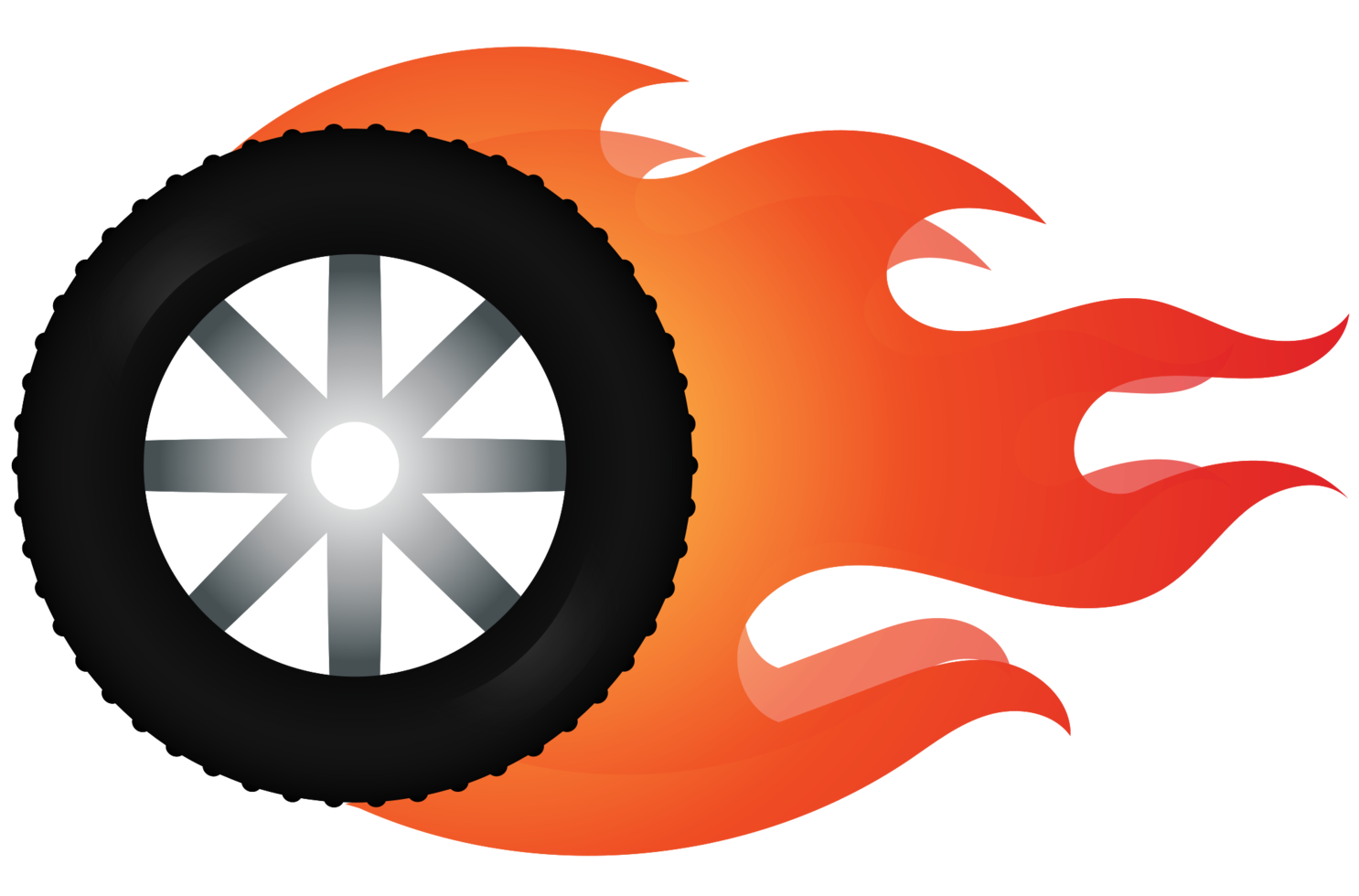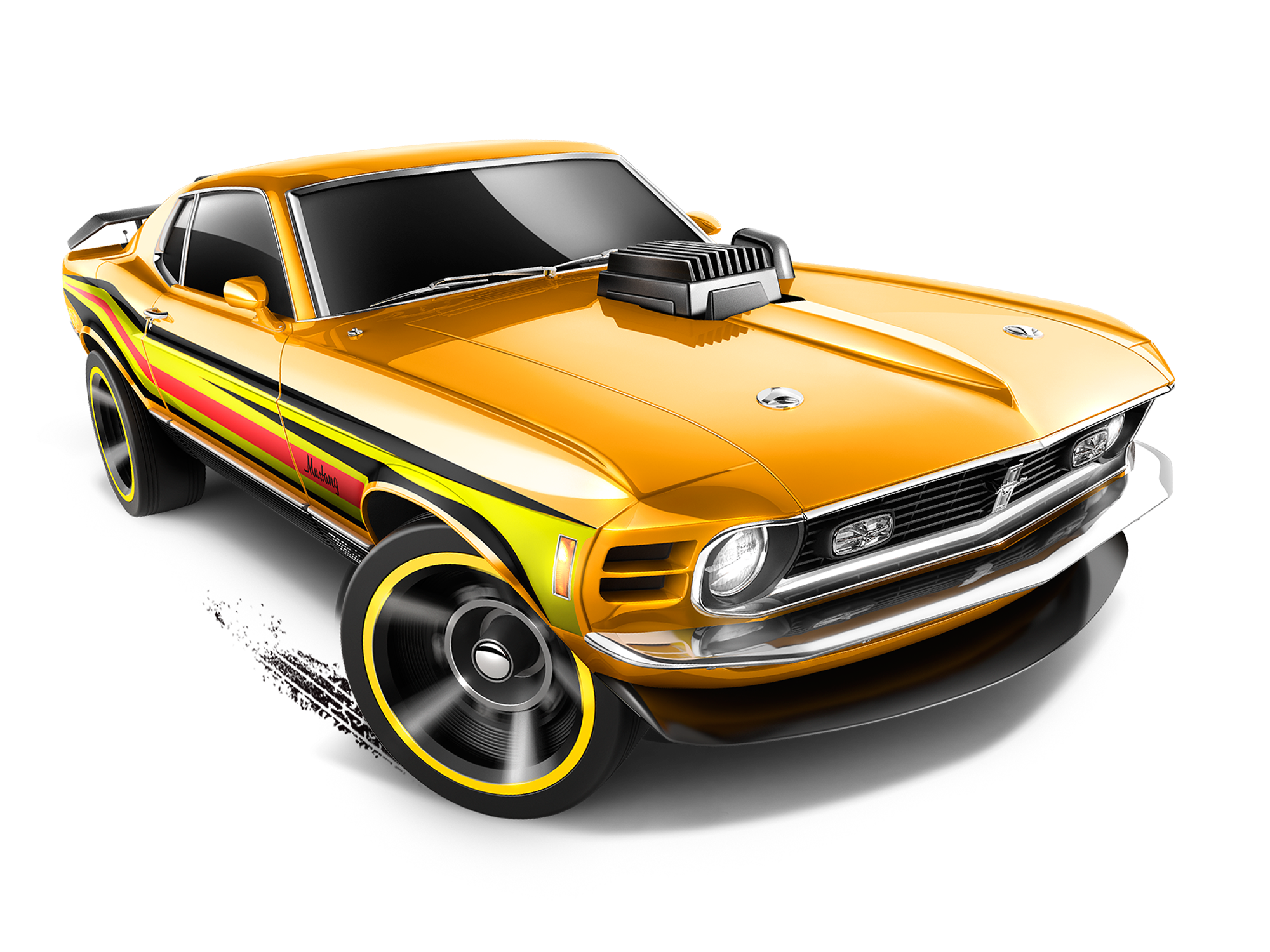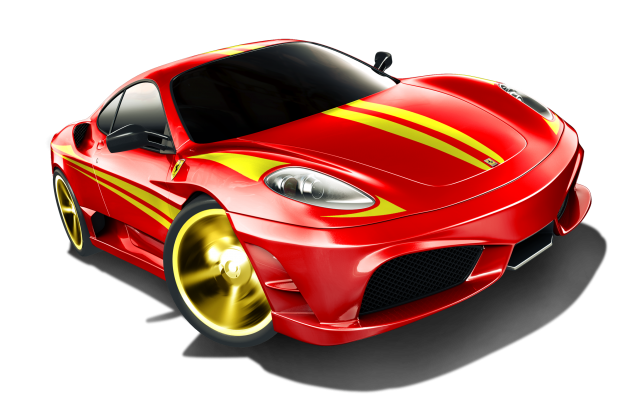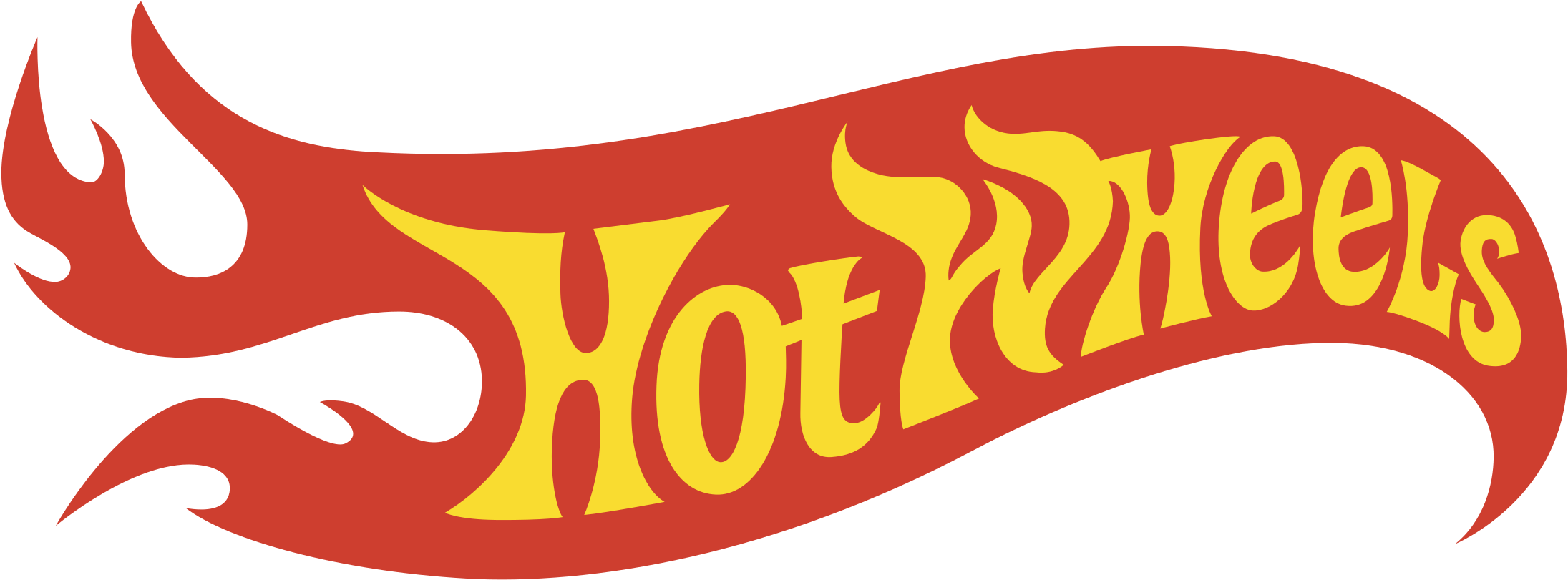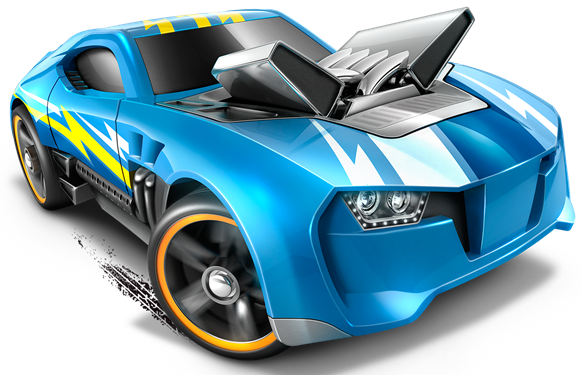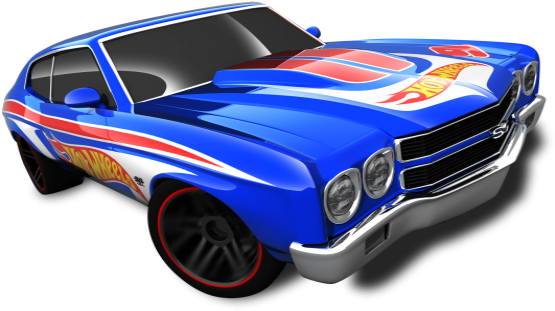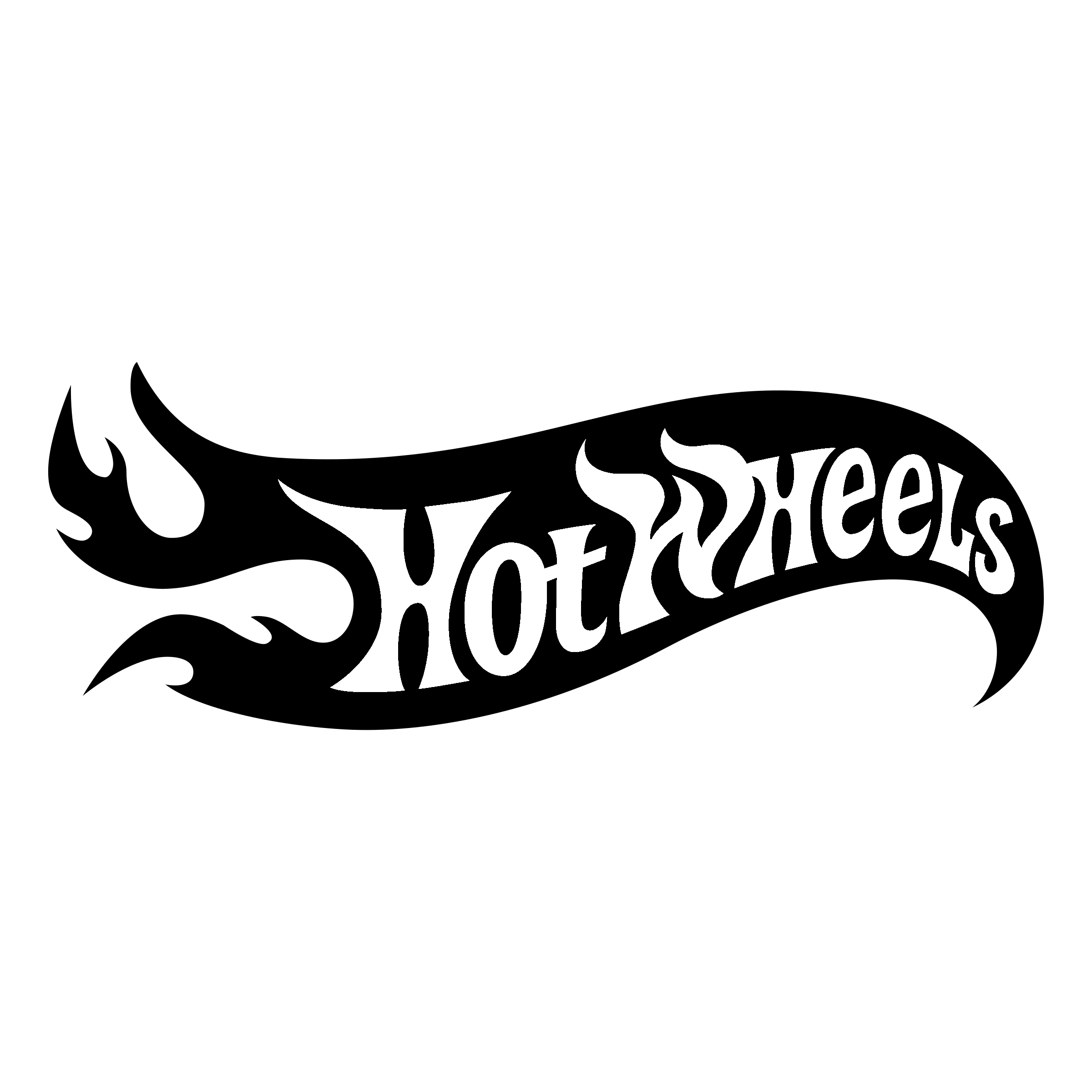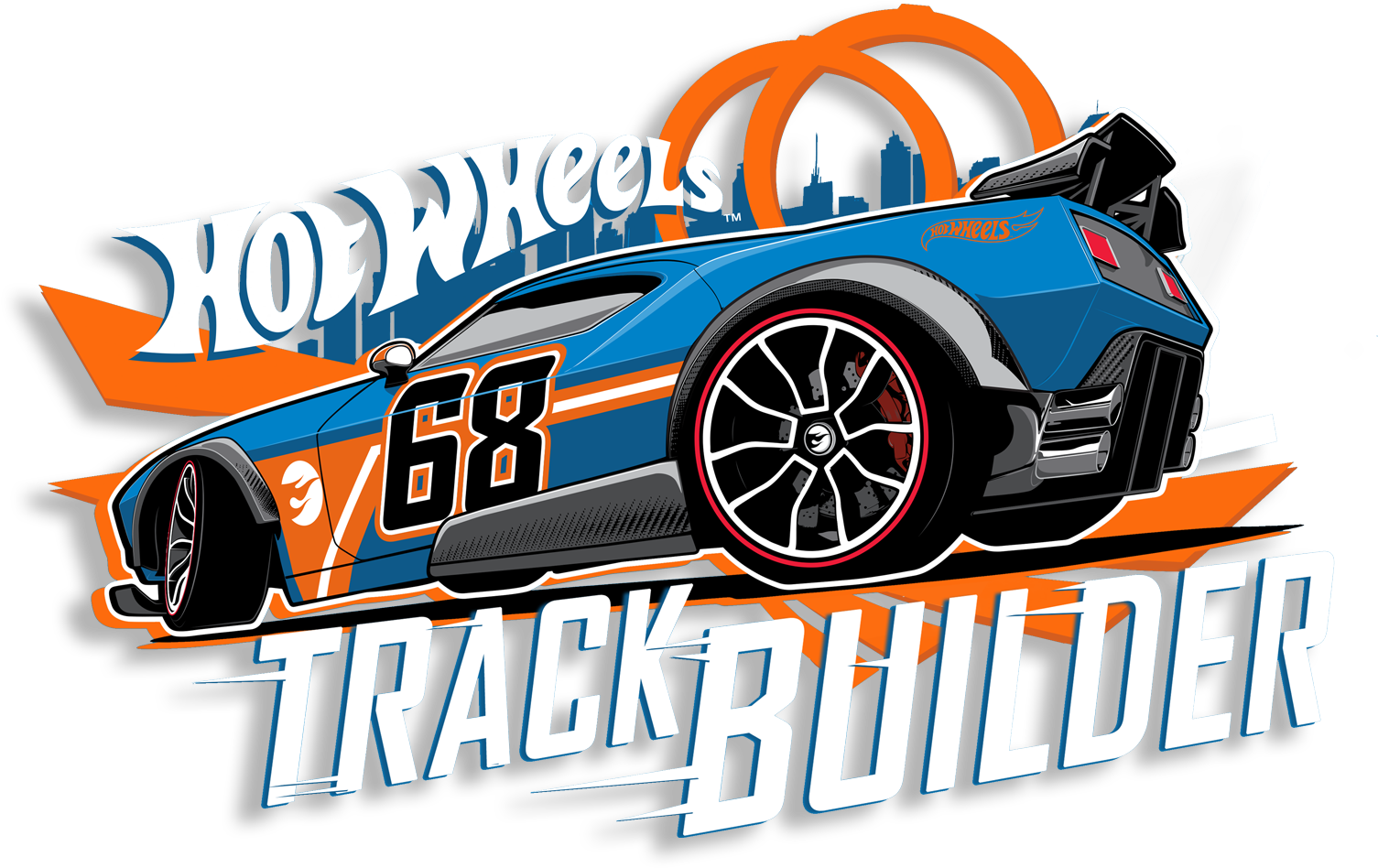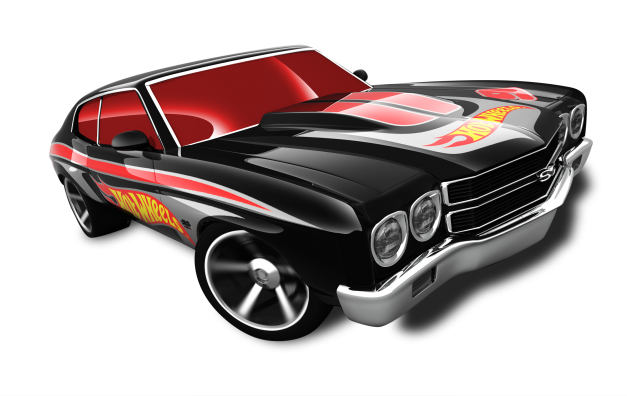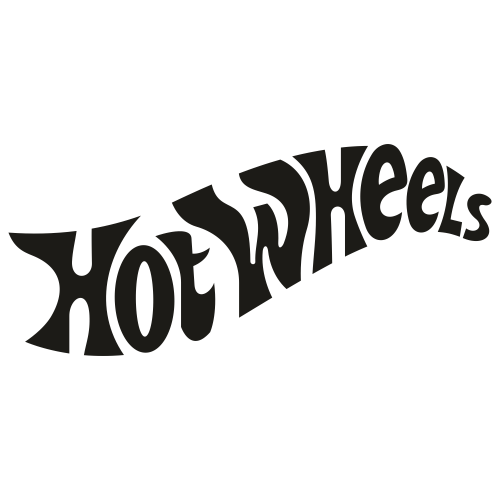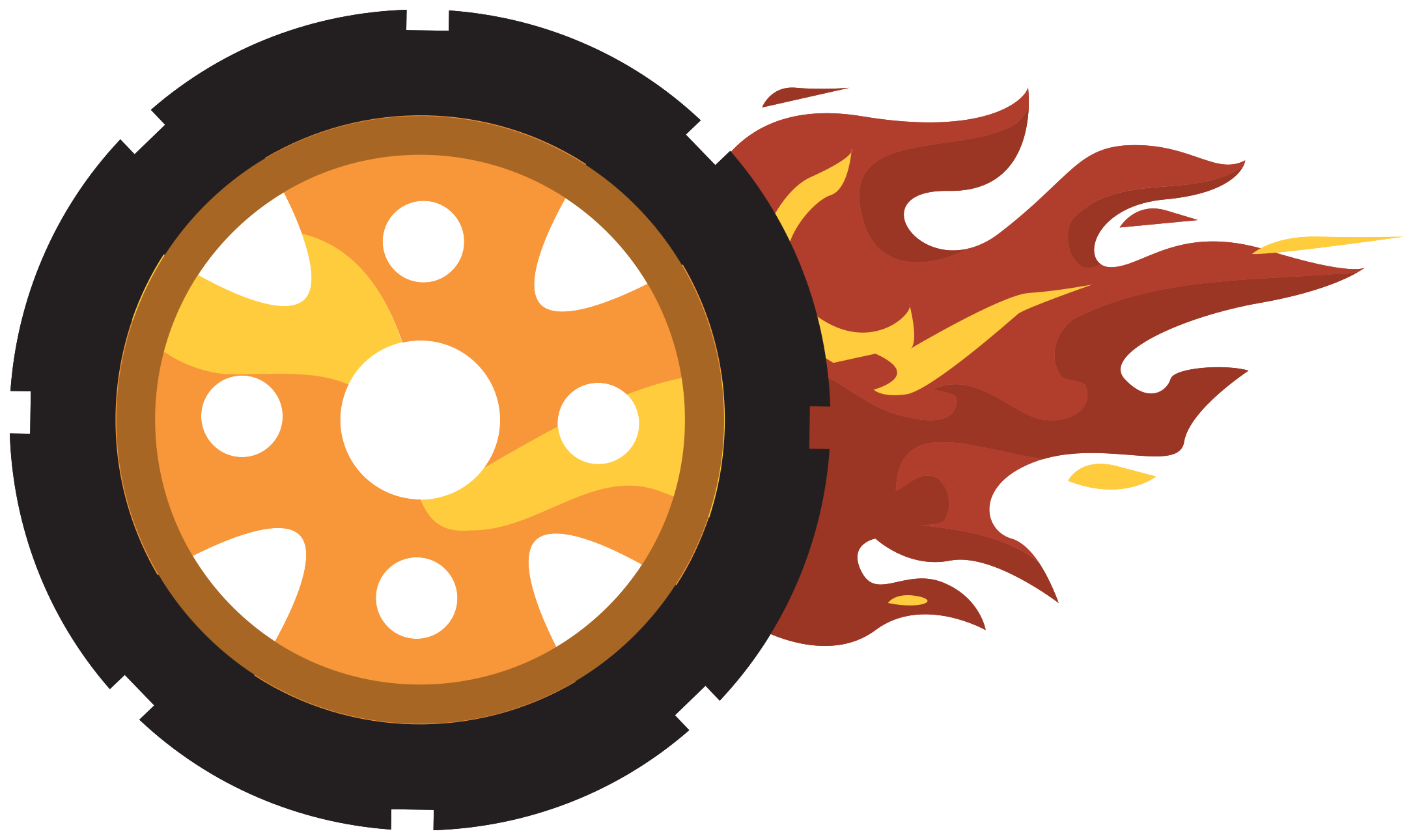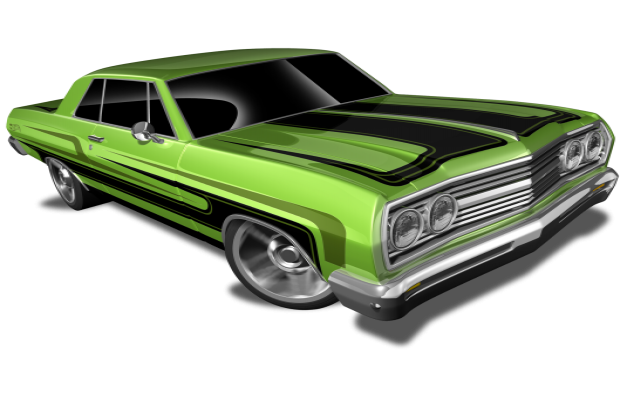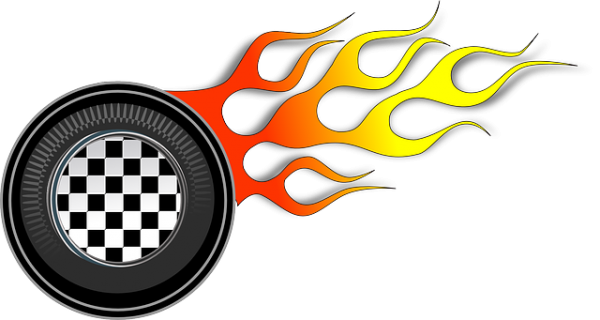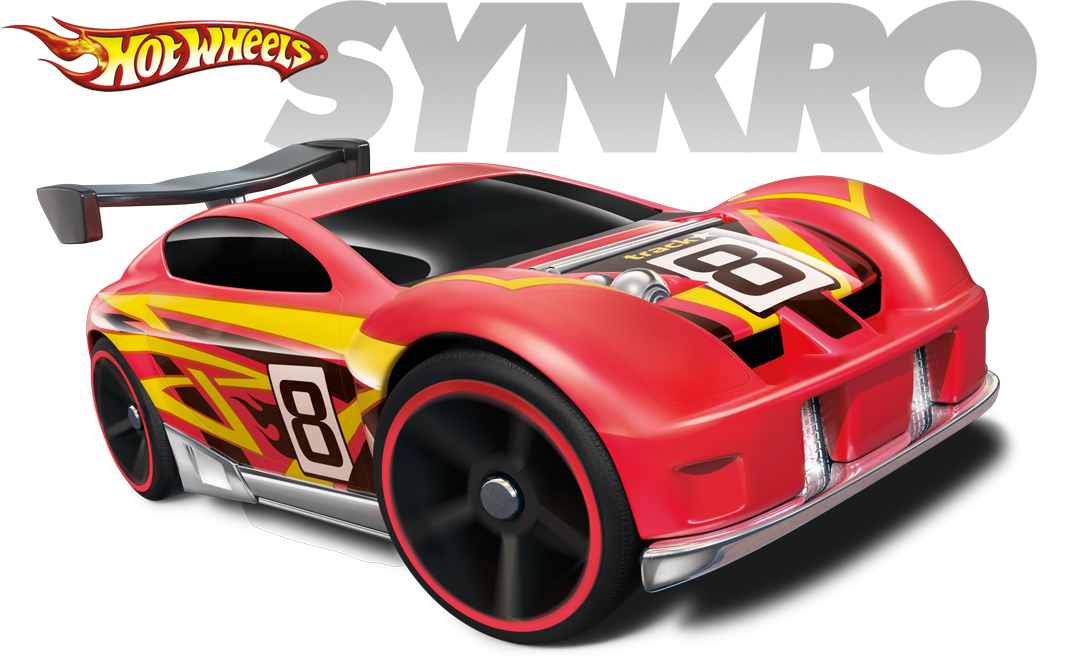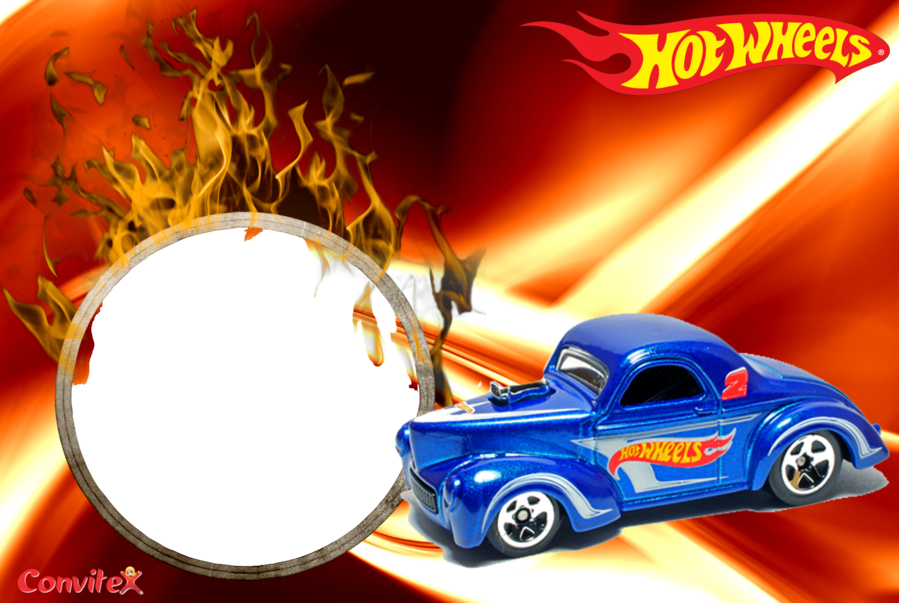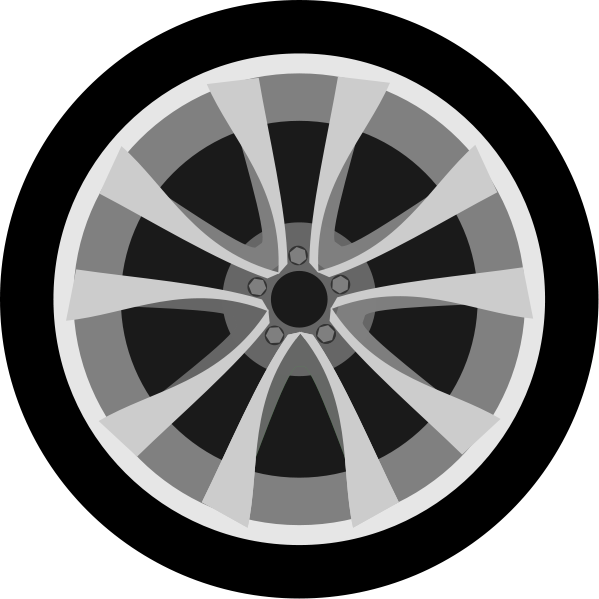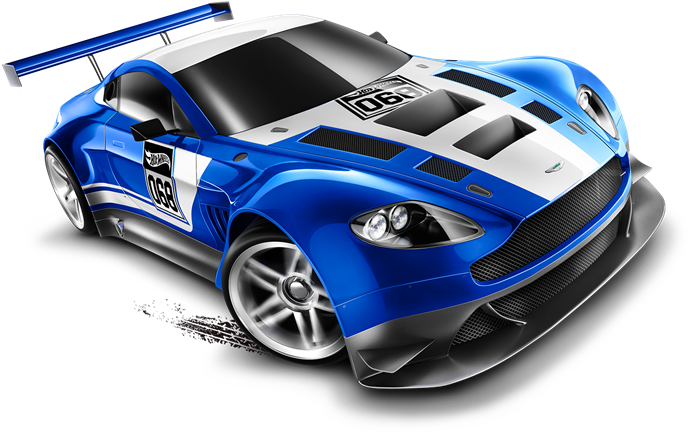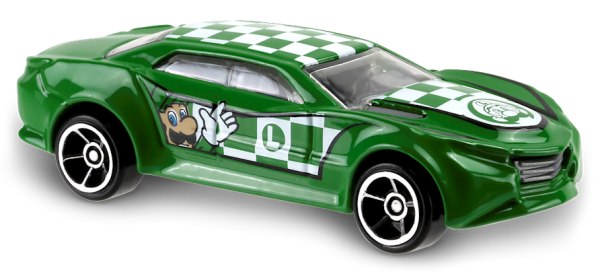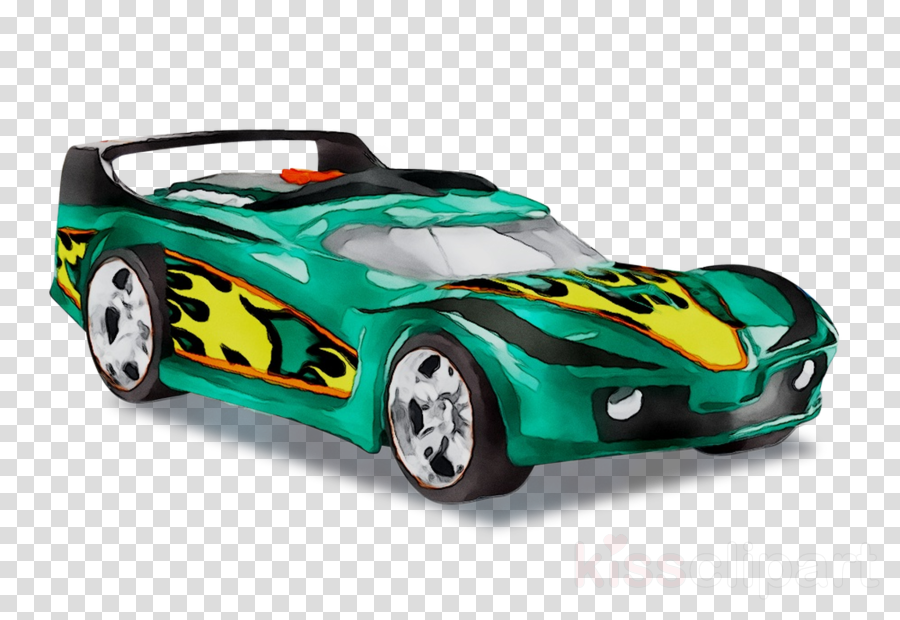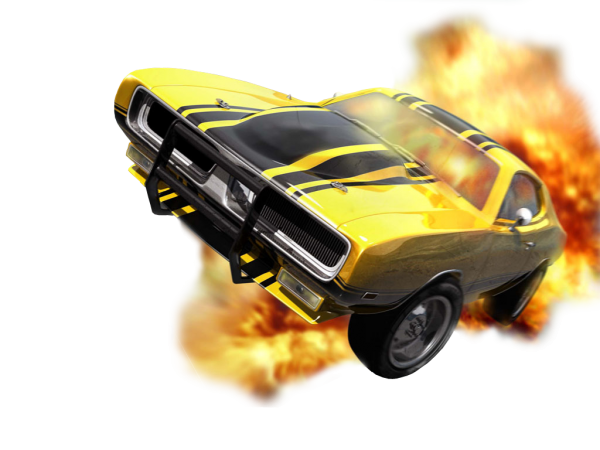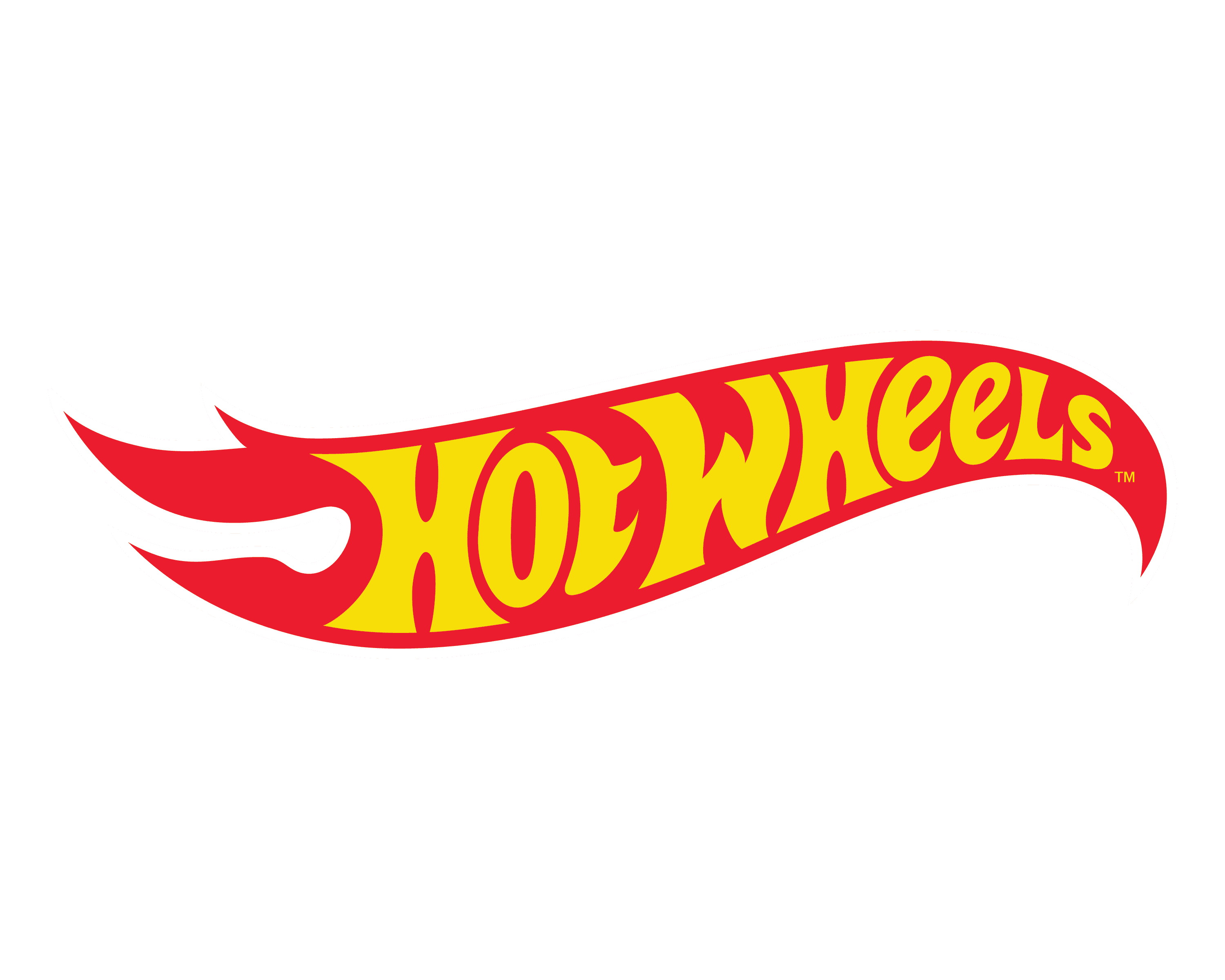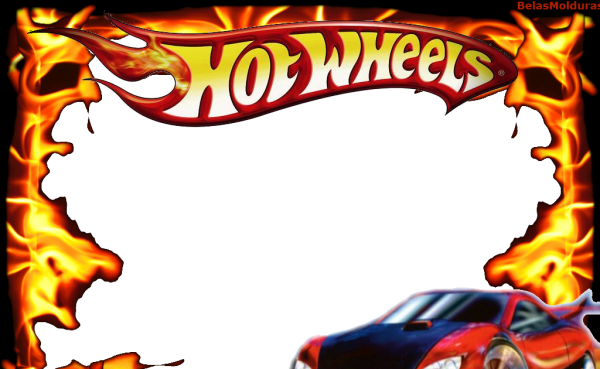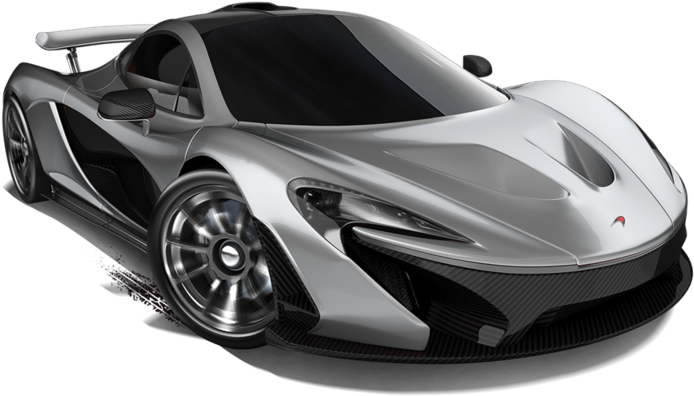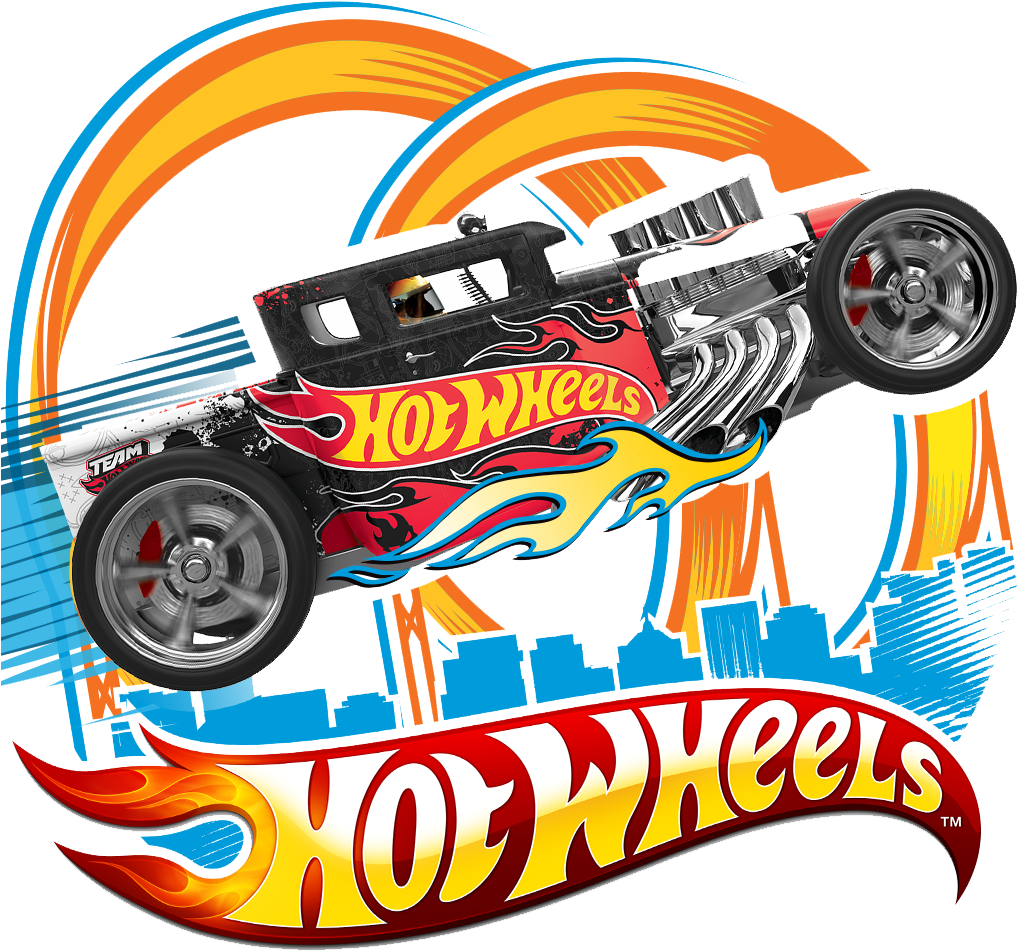Download top and best high-quality free Hot Wheels PNG Transparent Images backgrounds available in various sizes. To view the full PNG size resolution click on any of the below image thumbnail.
License Info: Creative Commons 4.0 BY-NC
Mattel, an American toy company, launched the Hot Wheels brand of die-cast toy vehicles in 1968. It was Matchbox’s main competitor until Mattel purchased Tyco Toys, the previous owner of Matchbox, in 1997.
Since then, several car companies have allowed Hot Wheels to produce scale replicas of their vehicles, allowing them to use original design blueprints and details. Although Hot Wheels were designed for children and young people, they have grown in popularity among adult collectors, who now have access to limited edition versions.
Elliot Handler designed the first Hot Wheels. When Handler saw his son Kenneth playing with Matchbox cars, he decided to start his own company to compete with Matchbox. He offered the line to his wife Ruth Handler, but like Mattel’s directors, she was uninterested. Handler intended Hot Wheels to be more like “hot rod” (customized/modified or even caricaturized or fantasy cars, often with big rear tyres, superchargers, flame paint–jobs, outlandish proportions, hood blowers, etc.) cars than Matchbox cars, which were generally small-scale models of production cars. With the help of colleague engineer Jack Ryan, he began constructing the vehicles.
Mattel also created a racing track set in addition to the automobiles (sold separately). The original track was made up of a succession of bright orange road pieces that were put together to form an oblong, circular race track, with one (or sometimes two) “super charges” (faux service stations through which cars passed on the tracks, featuring battery-powered spinning wheels, which would propel the cars along the tracks). Hot Wheels cars were designed to roll easily and at high speeds, which was a great innovation at the time; Hot Wheels cars were designed to roll easily and at high speeds, which was a great innovation at the time; Hot Wheels cars used wide, hard-plastic tyres that created much less friction and tracked more smoothly than the narrow metal or plastic wheels used on contemporary Matchboxes; Hot Wheels cars were designed to roll easily and at high speeds, which was a great innovation at the time.
The Hot Wheels franchise was a huge hit. From 1968 onwards, the series radically upset the tiny die-cast vehicle model market, causing competitors like Matchbox and others to totally rethink their designs and rush to make up lost territory. On the other hand, Harry Bentley Bradley did not believe that would be the case and had left Mattel to return to the automobile industry. When the firm requested him to return, he suggested Ira Gilford, a longtime friend. Gilford, who had recently left Chrysler, jumped at the chance to create the next generation of Hot Wheels vehicles. Ira Gilford designed some of Hot Wheels’ most iconic vehicles, including the Twin Mill and Splittin’ Image.
With the 1969 releases, Hot Wheels effectively established itself as the hottest brand of miniature toy vehicle models in the United States, solidifying and consolidating the popularity of the 1967 range. The “Show & Go” line included Splittin’ Image, Torero, Turbofire, and Twin Mill, which were Hot Wheels’ first unique in-house designs.
The Beach Bomb’s first prototypes were shaped like an actual VW Type 2 “bus” and had two surfboards protruding from the back window, a tribute to the VW’s imagined link with the surfing culture and the slang term “beach bum” for someone who spends a lot of time surfing. Mattel intended to make sure that any of the vehicles could be utilised with any of the playsets and stunt track sets during the early days of the Hot Wheels franchise. Unfortunately, testing revealed that this early prototype (dubbed the RLBB by collectors) was too small to roll successfully on Hot Wheels track or to be propelled by the Super Charger, and was too top-heavy to navigate high-speed bends.
The casting was changed by Hot Wheels designers Howard Rees and Larry Wood, who extended the side fenders to suit the track width and added a new spot on the vehicle to hold each of the plastic surfboards. To reduce the centre of gravity, the roof was taken away and replaced with a full-length sunroof. Collectors dubbed it the Side-loader since it was the manufacturing version of the Beach Bomb.
The Rear-Loader Beach Bomb is often regarded as the “Holy Grail” of a dedicated Hot Wheels collection, or the ultimate peak. Employees were used as test subjects in an unknown number of cases. Depending on condition, a standard production Beach Bomb might be valued up to $600. RLBBs, on the other hand, have easily surpassed the five-figure mark, with prices ranging from $70,000 to $120,000. As part of its Hot Wheels show, a pink RLBB was on display alone on a revolving platform behind glass at the Petersen Automotive Museum in Los Angeles. In 2002, the Hot Wheels Collectors Club issued a limited edition of a new, upgraded version of the Rear Loading Beach Bomb.
Download Hot Wheels PNG images transparent gallery.
- Hot Wheels PNG Photo
Resolution: 1486 × 980
Size: 246 KB
Image Format: .png
Download
- Hot Wheels Car PNG Photos
Resolution: 2000 × 1500
Size: 2238 KB
Image Format: .png
Download
- Hot Wheels Car Transparent
Resolution: 961 × 903
Size: 888 KB
Image Format: .png
Download
- Hot Wheels Car PNG Clipart
Resolution: 627 × 396
Size: 216 KB
Image Format: .png
Download
- Hot Wheels PNG Cutout
Resolution: 2191 × 811
Size: 104 KB
Image Format: .png
Download
- Hot Wheels Car PNG Picture
Resolution: 581 × 375
Size: 269 KB
Image Format: .png
Download
- Hot Wheels Car PNG HD Image
Resolution: 555 × 311
Size: 214 KB
Image Format: .png
Download
- Hot Wheels PNG Images
Resolution: 2400 × 2400
Size: 59 KB
Image Format: .png
Download
- Hot Wheels Car PNG Image HD
Resolution: 1505 × 948
Size: 726 KB
Image Format: .png
Download
- Hot Wheels PNG Photos
Resolution: 2320 × 538
Size: 235 KB
Image Format: .png
Download
- Hot Wheels Car No Background
Resolution: 627 × 396
Size: 155 KB
Image Format: .png
Download
- Hot Wheels Transparent
Resolution: 500 × 500
Size: 24 KB
Image Format: .png
Download
- Hot Wheels PNG Clipart
Resolution: 2170 × 1290
Size: 174 KB
Image Format: .png
Download
- Hot Wheels Car PNG
Resolution: 627 × 396
Size: 153 KB
Image Format: .png
Download
- Hot Wheels PNG Picture
Resolution: 600 × 320
Size: 141 KB
Image Format: .png
Download
- Hot Wheels Car PNG Pic
Resolution: 1085 × 662
Size: 707 KB
Image Format: .png
Download
- Hot Wheels PNG HD Image
Resolution: 512 × 512
Size: 20 KB
Image Format: .png
Download
- Hot Wheels Car PNG File
Resolution: 899 × 603
Size: 637 KB
Image Format: .png
Download
- Hot Wheels PNG
Resolution: 599 × 599
Size: 68 KB
Image Format: .png
Download
- Hot Wheels Car PNG Image
Resolution: 688 × 433
Size: 326 KB
Image Format: .png
Download
- Hot Wheels Car PNG Photo
Resolution: 600 × 274
Size: 264 KB
Image Format: .png
Download
- Hot Wheels Car PNG Cutout
Resolution: 900 × 620
Size: 427 KB
Image Format: .png
Download
- Hot Wheels PNG Pic
Resolution: 600 × 450
Size: 266 KB
Image Format: .png
Download
- Hot Wheels PNG File
Resolution: 800 × 800
Size: 97 KB
Image Format: .png
Download
- Hot Wheels PNG Image
Resolution: 3000 × 2400
Size: 35 KB
Image Format: .png
Download
- Hot Wheels
Resolution: 600 × 369
Size: 231 KB
Image Format: .png
Download
- Hot Wheels Car
Resolution: 694 × 396
Size: 316 KB
Image Format: .png
Download
- Hot Wheels Car PNG Images
Resolution: 1017 × 951
Size: 842 KB
Image Format: .png
Download
